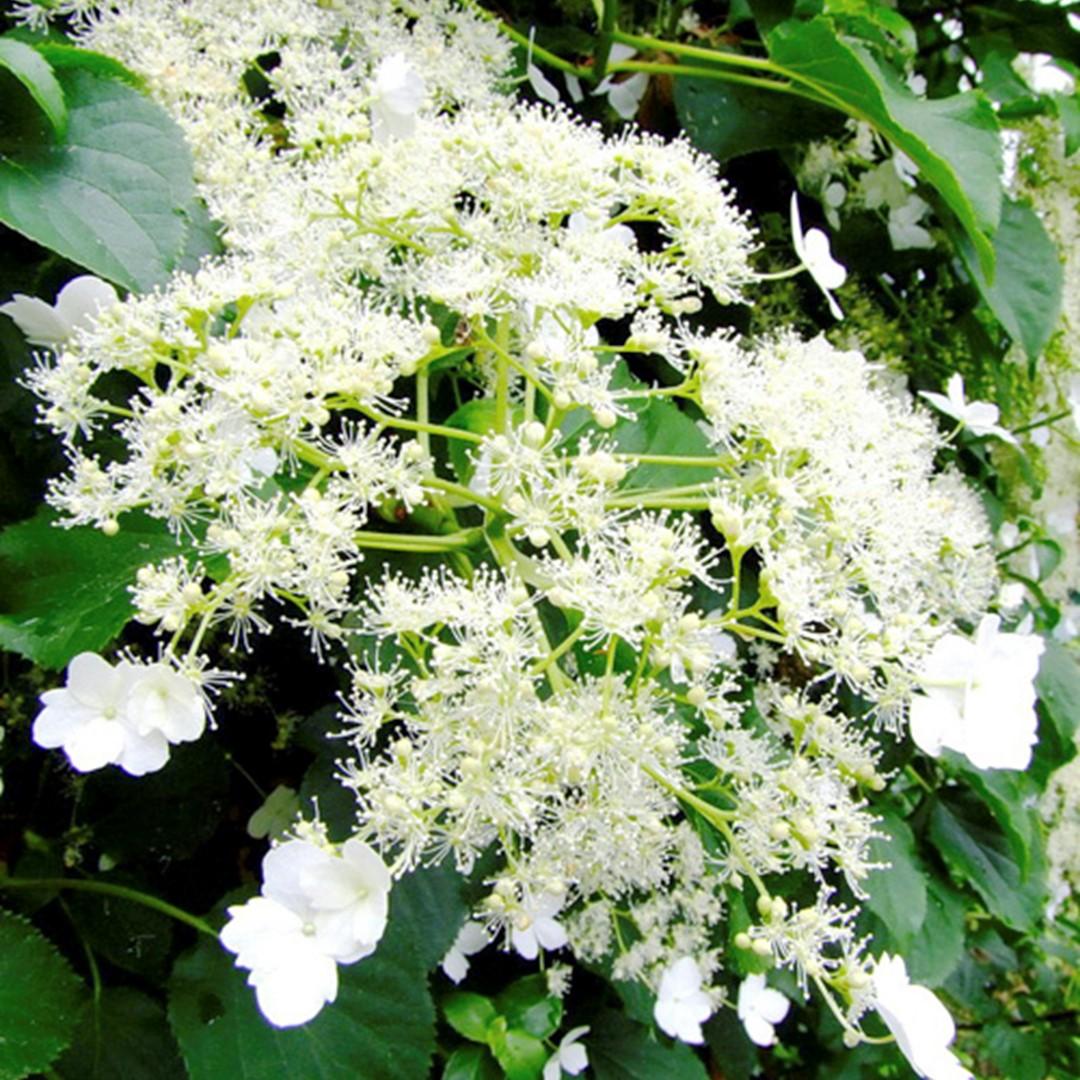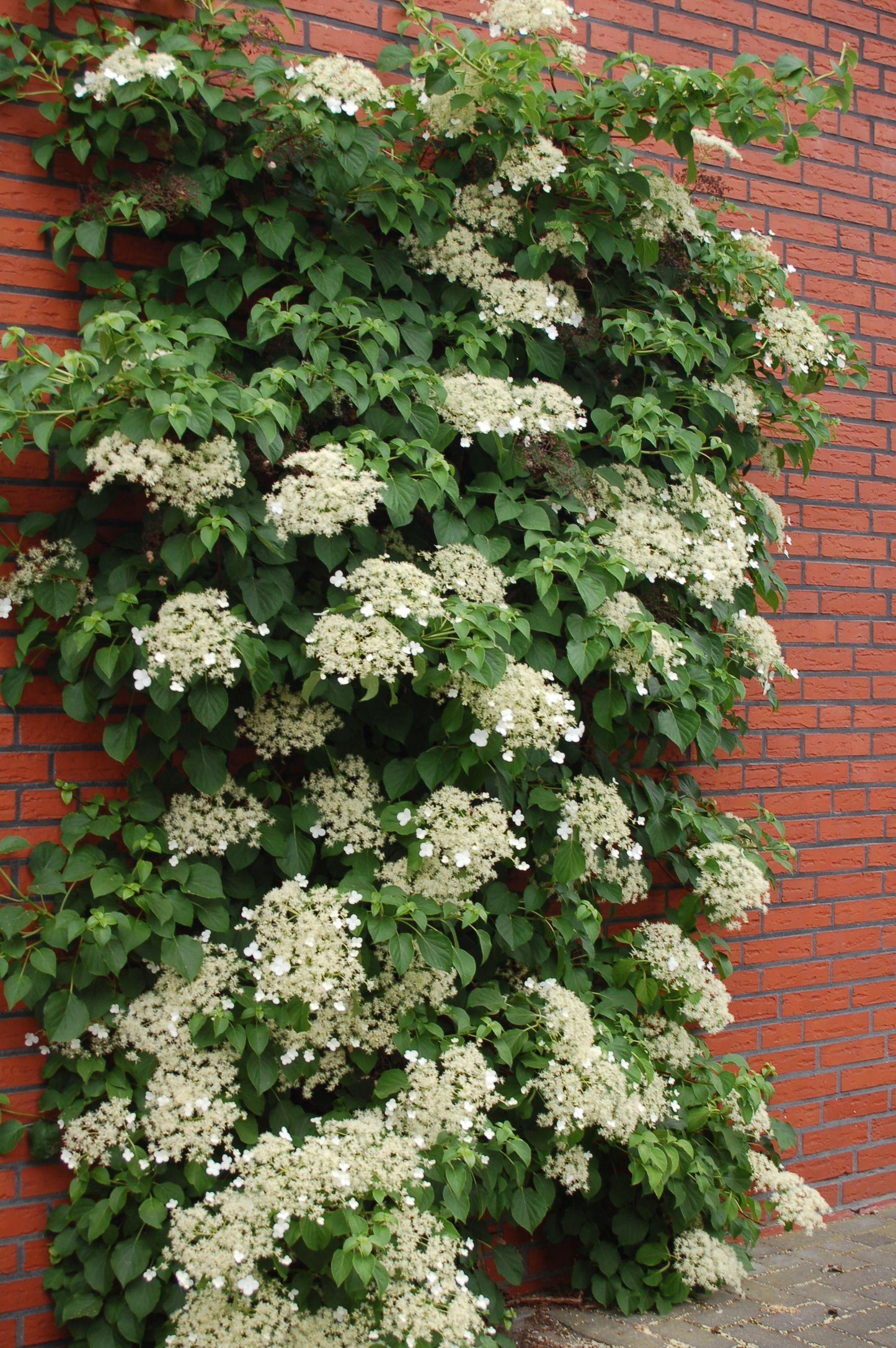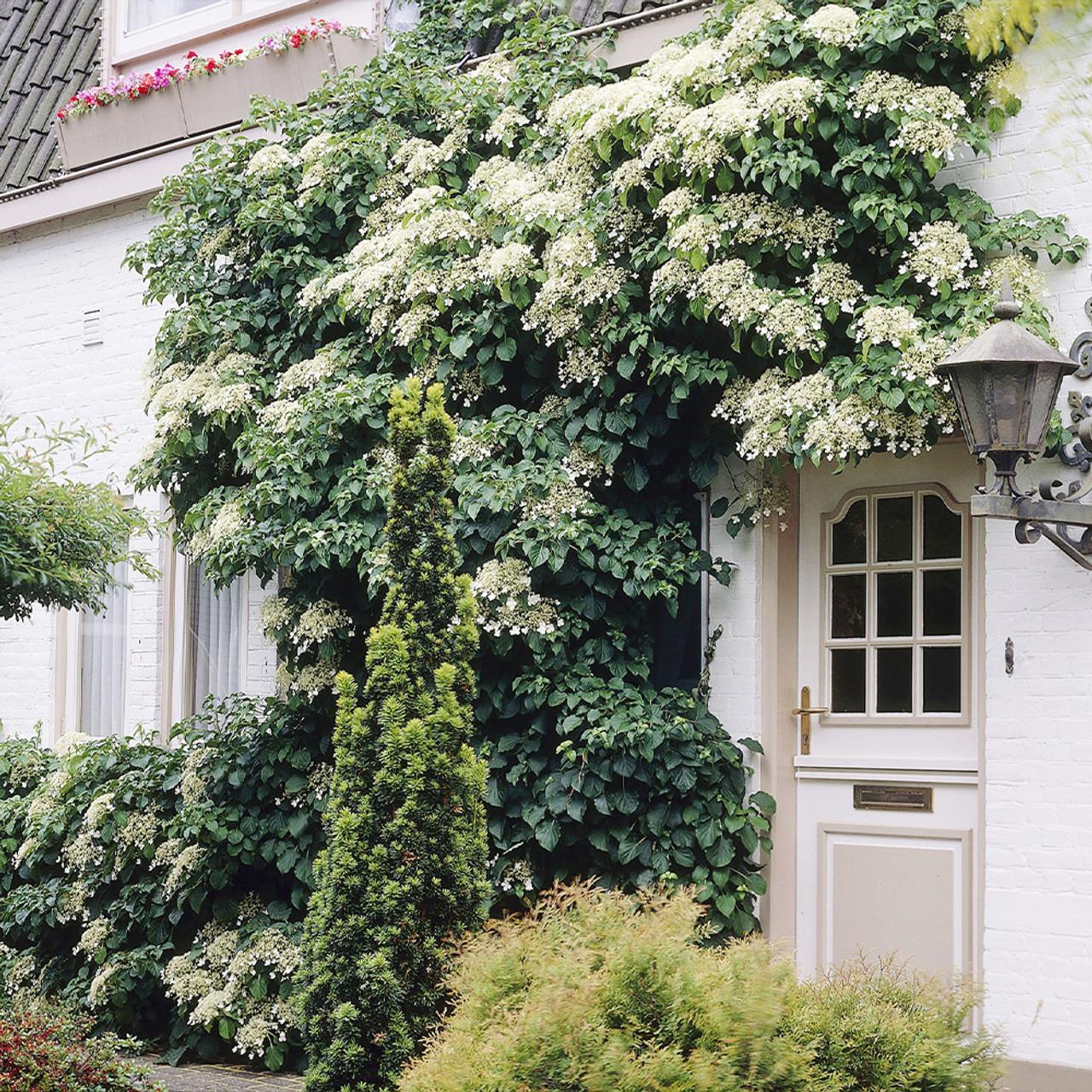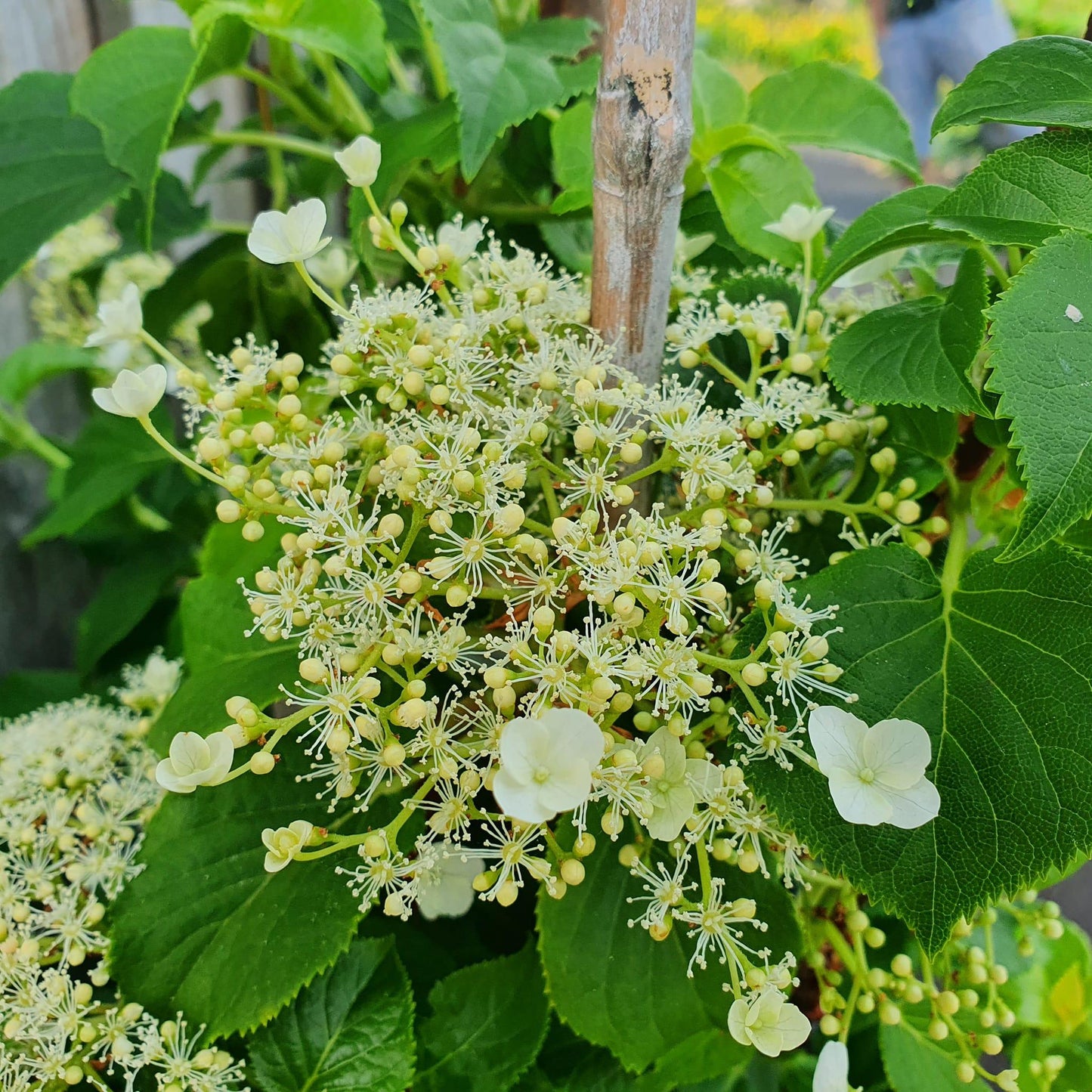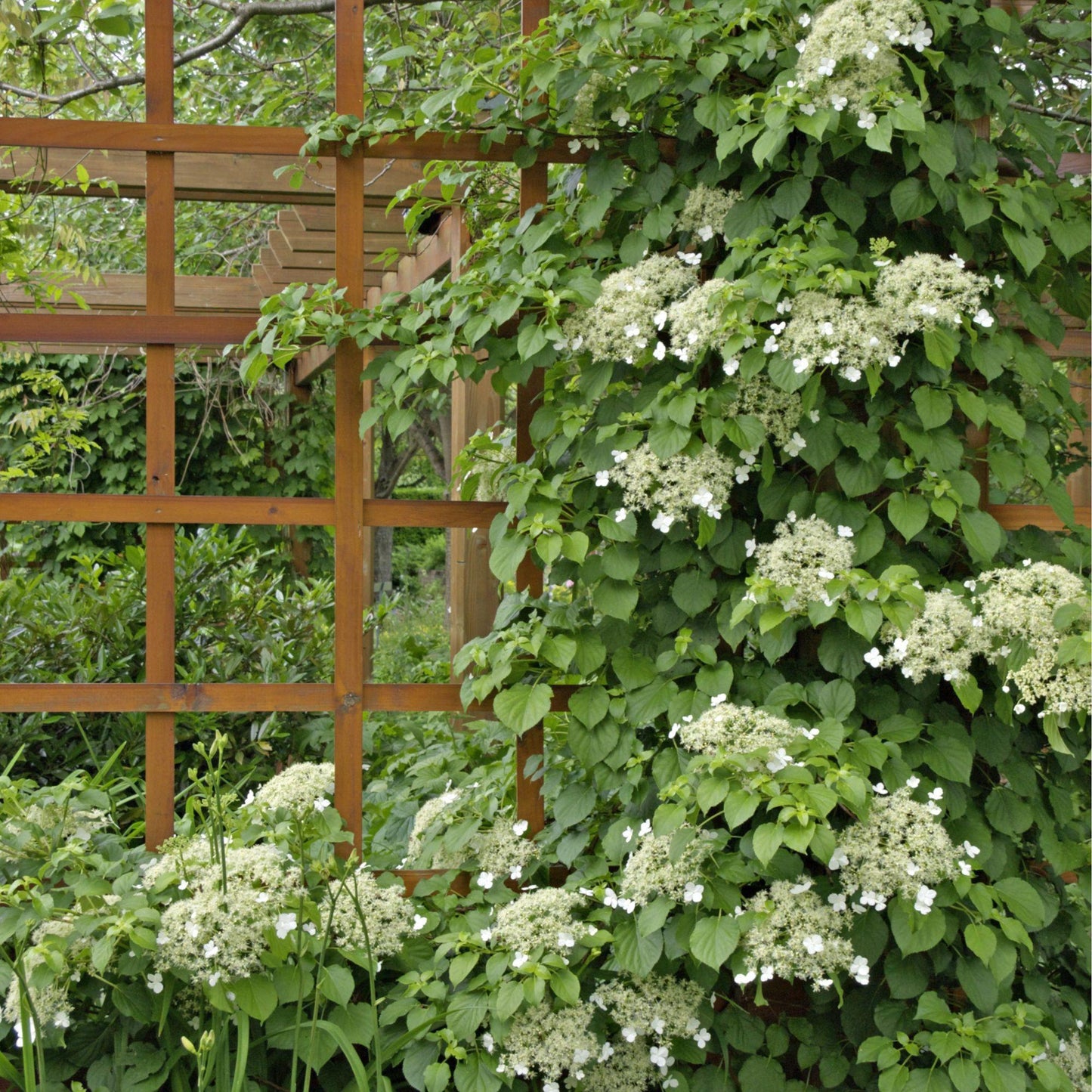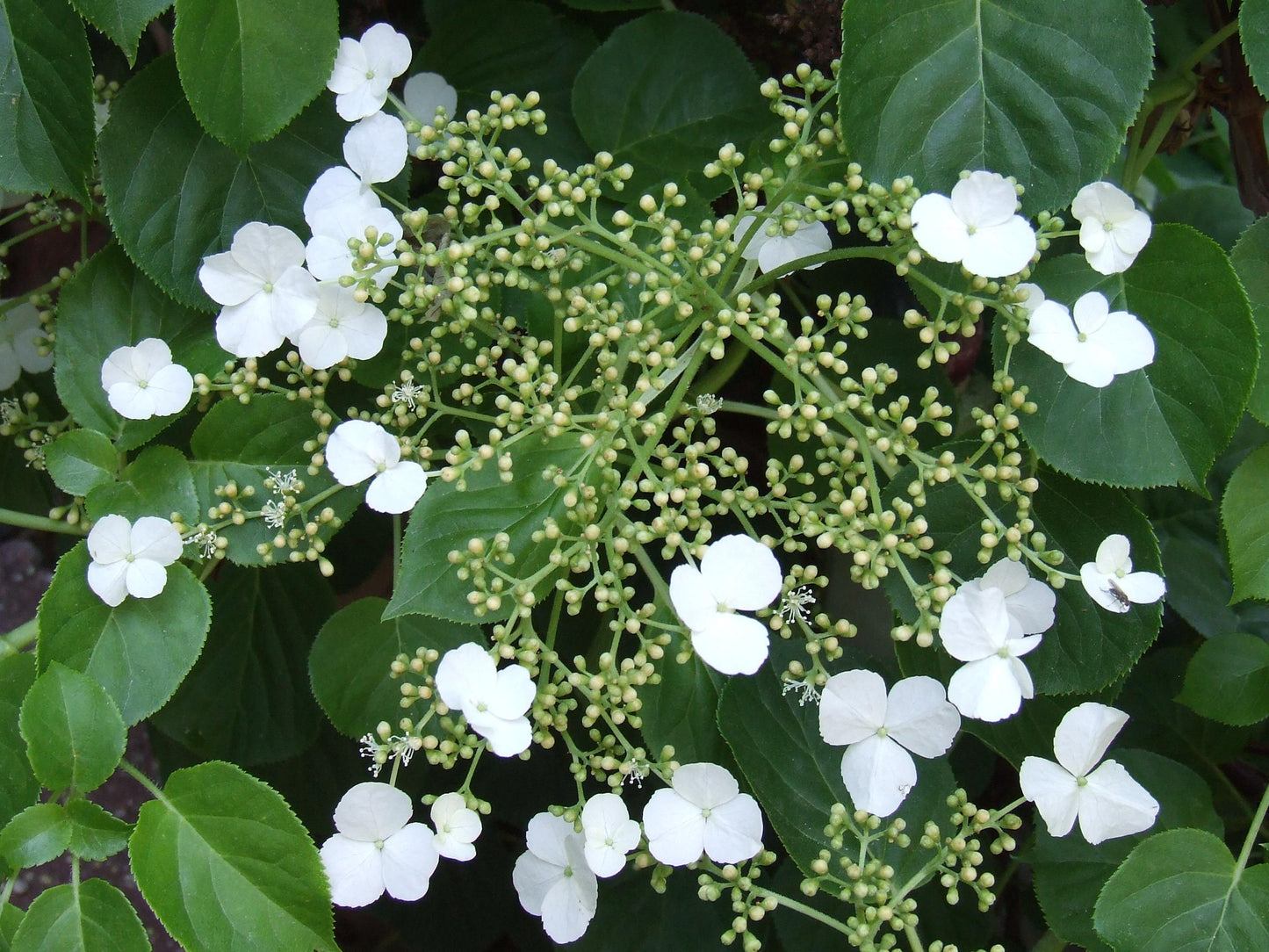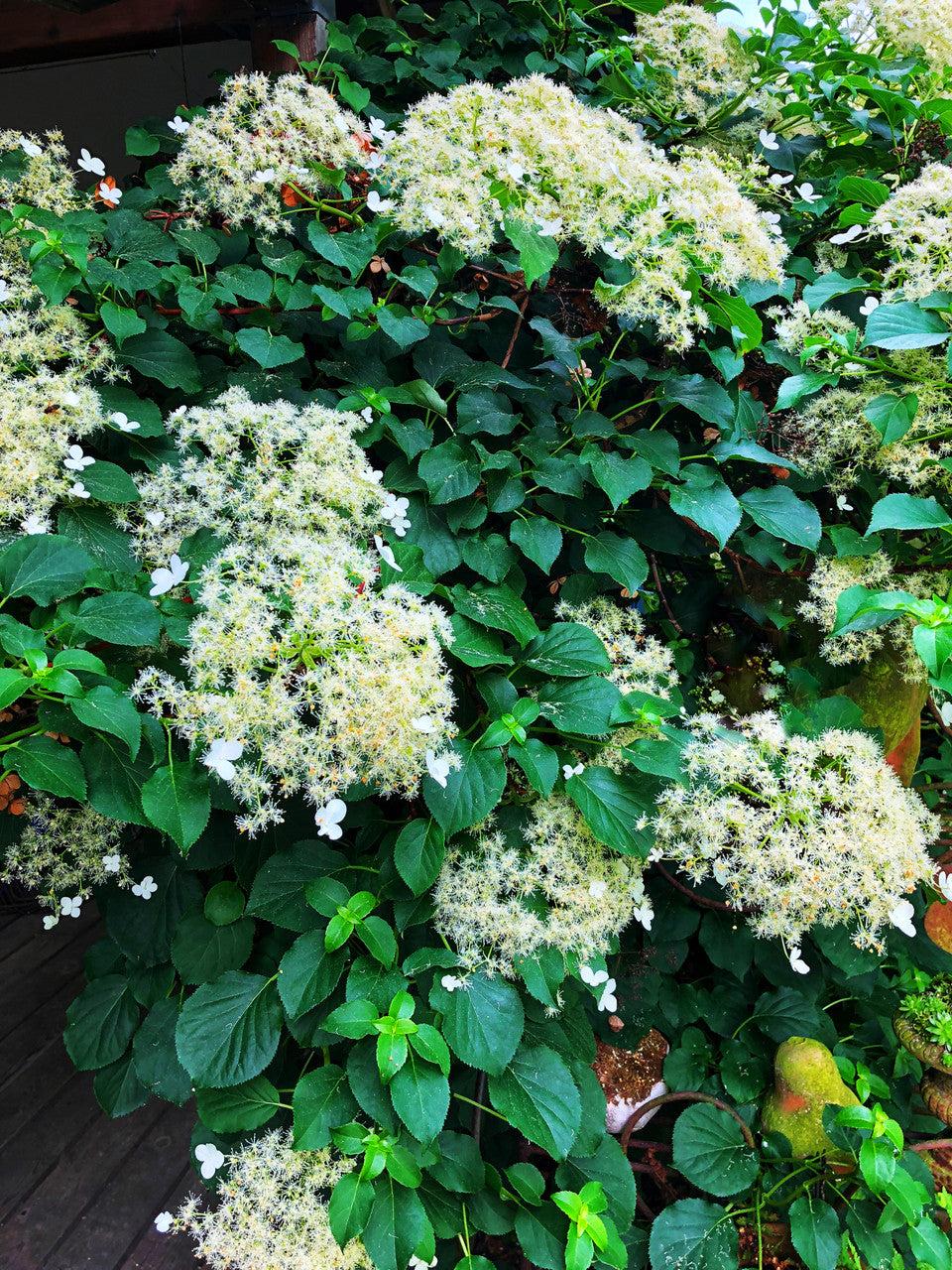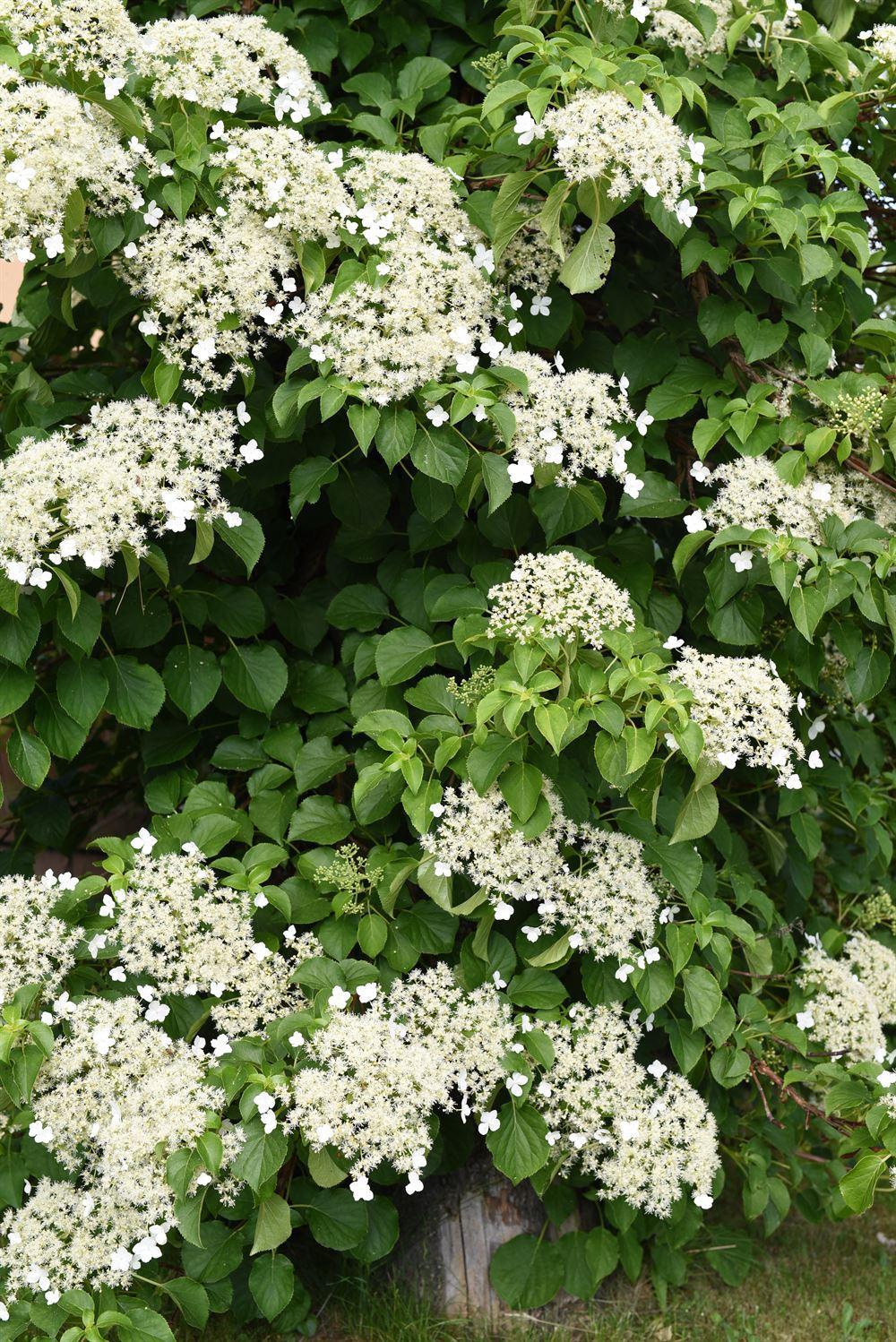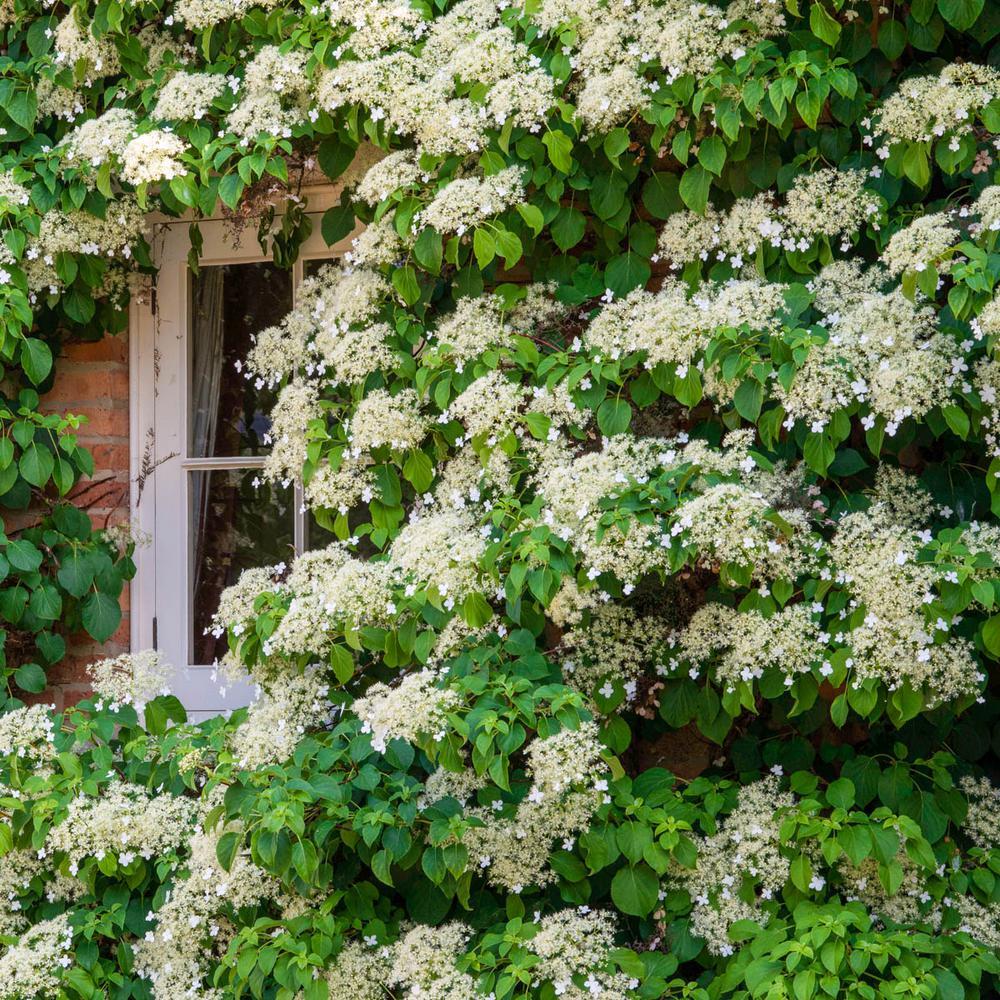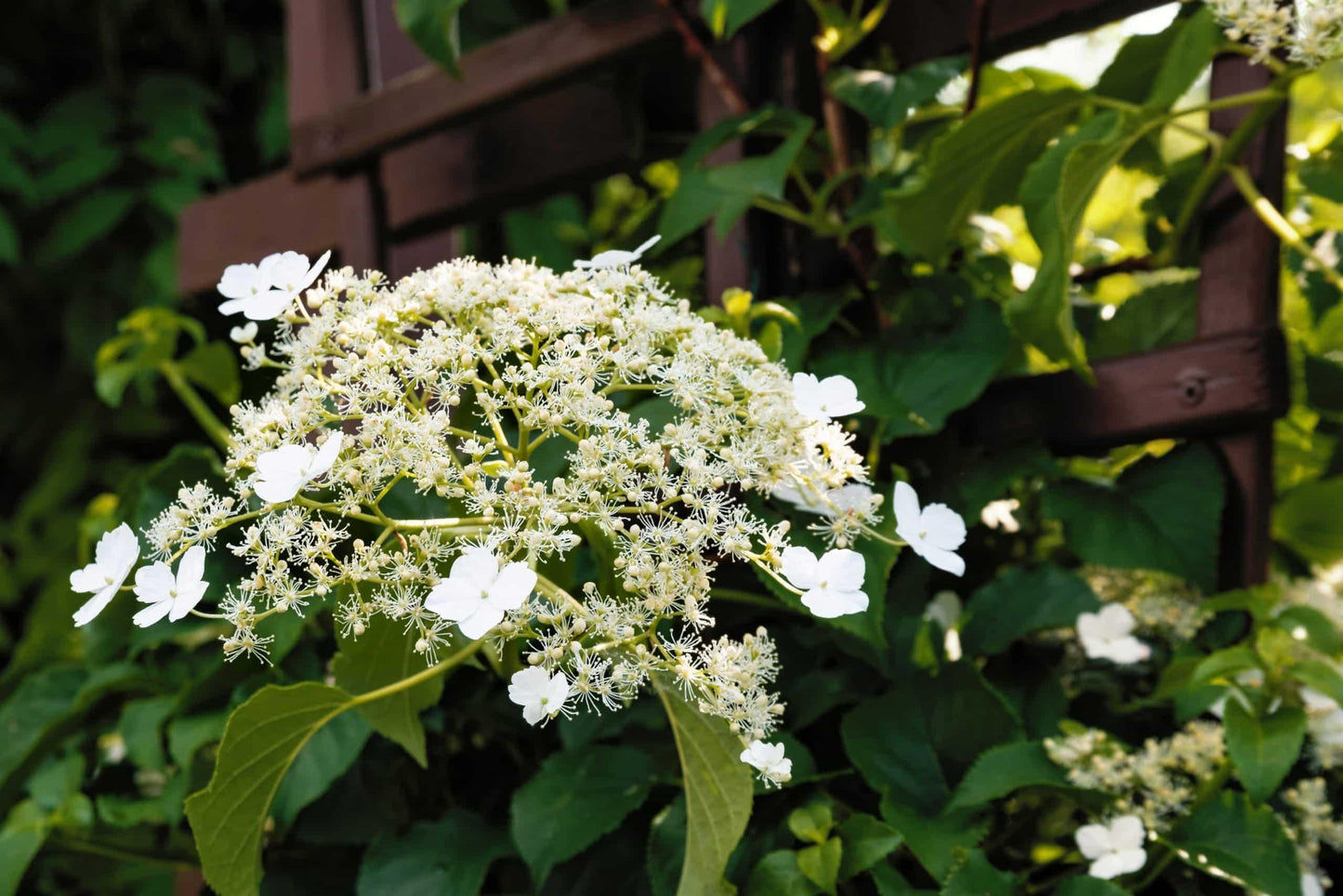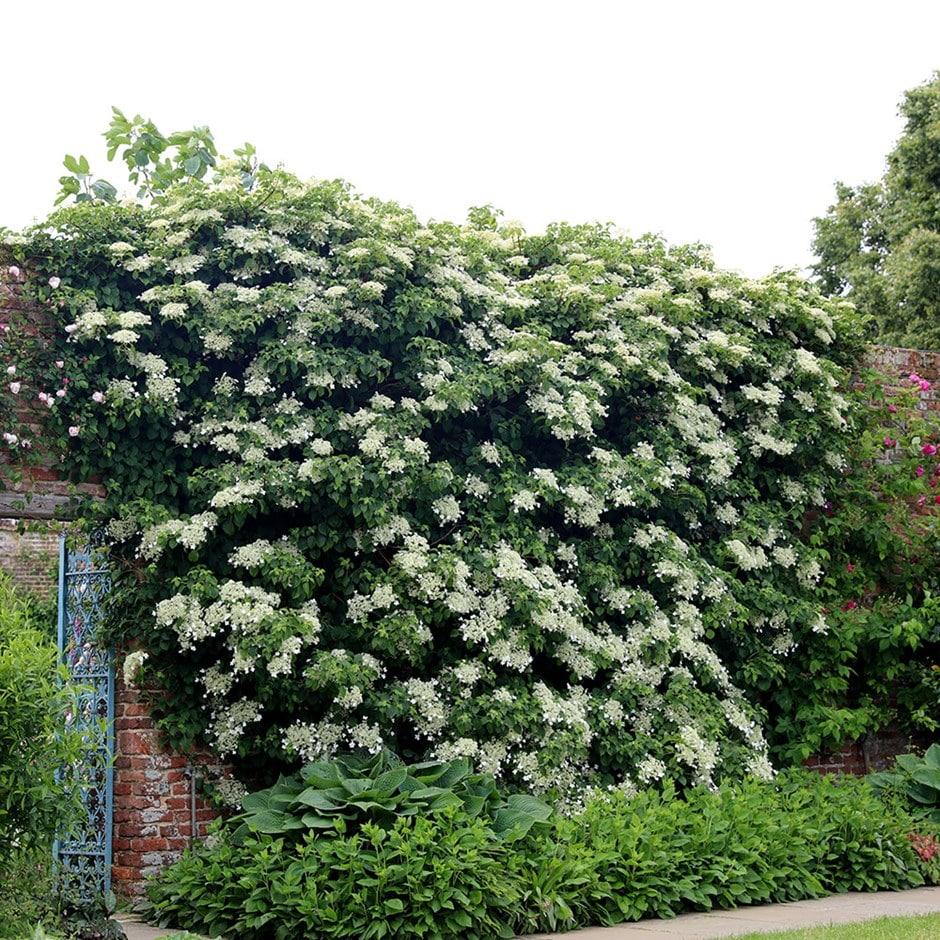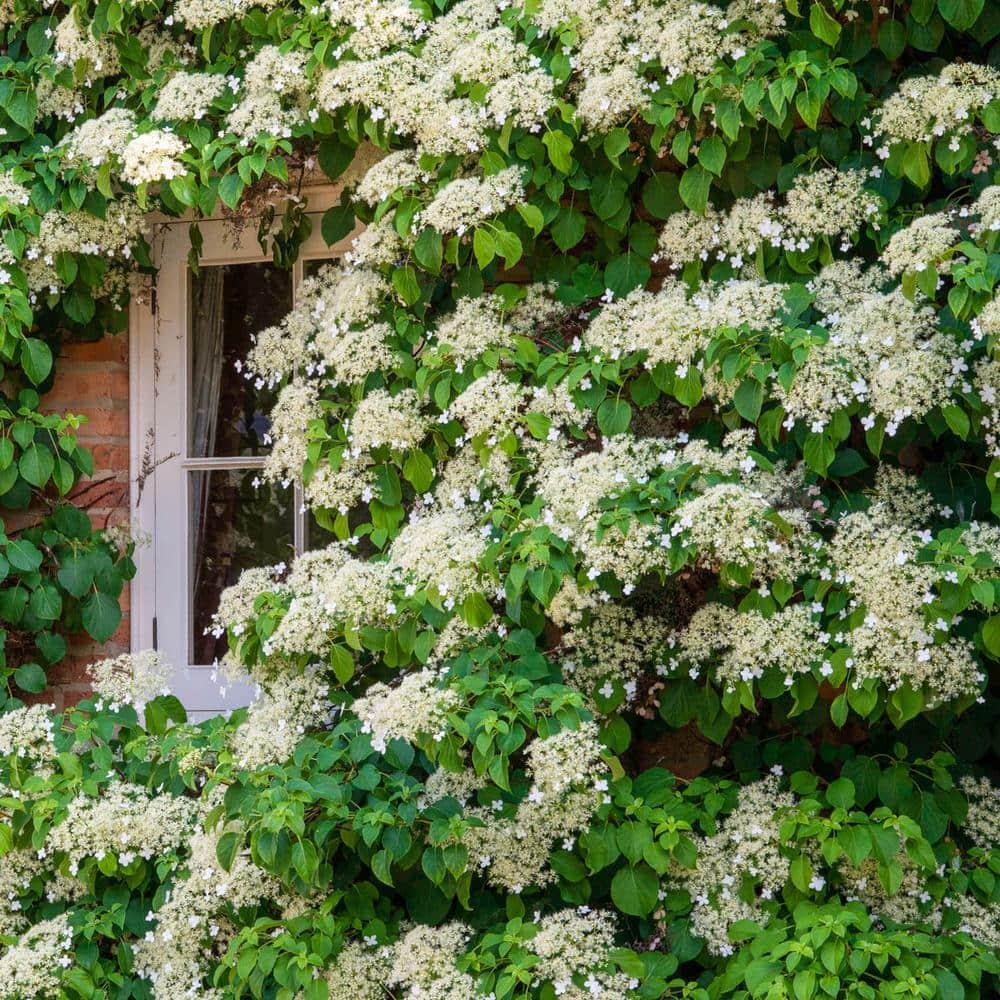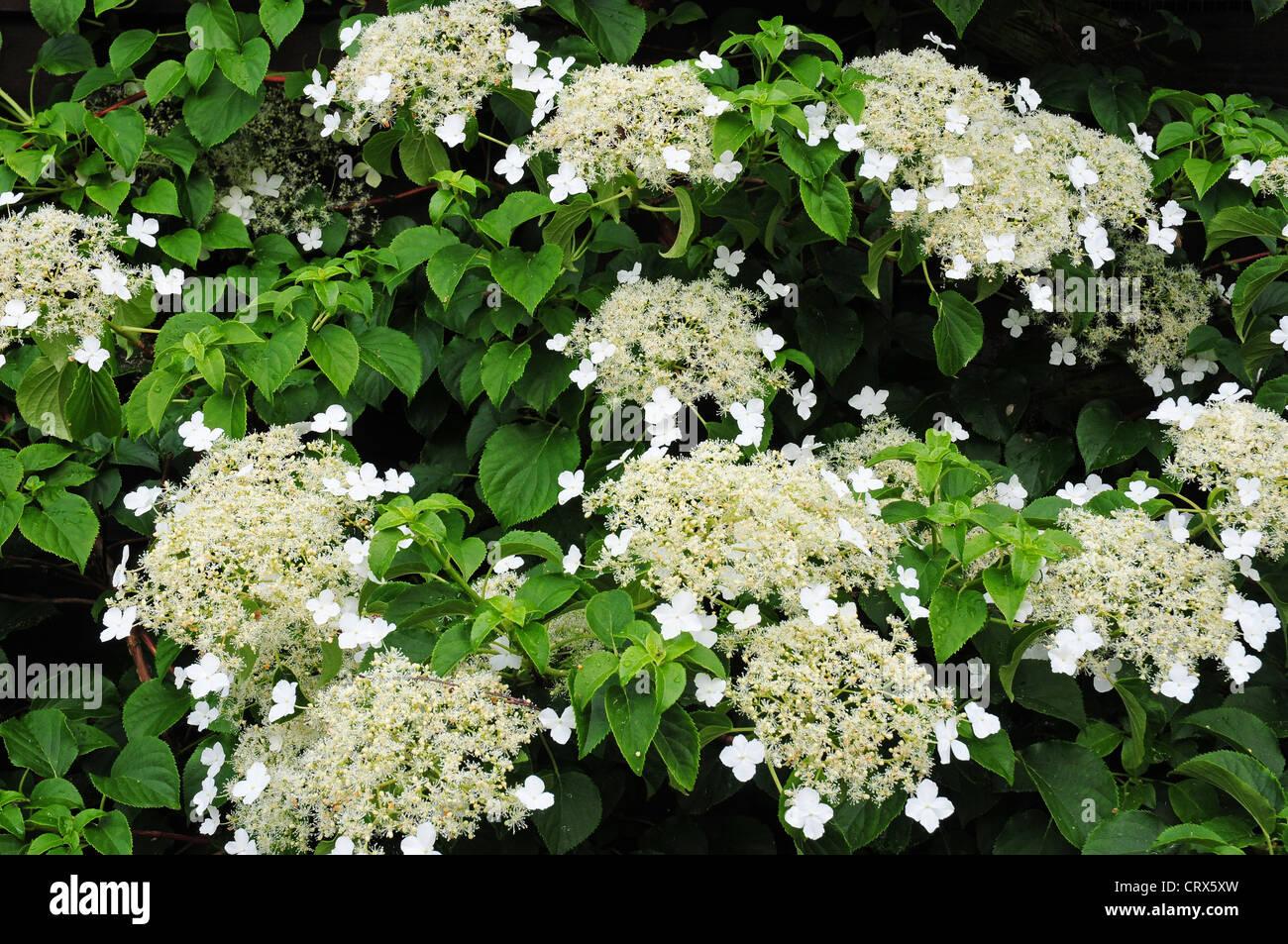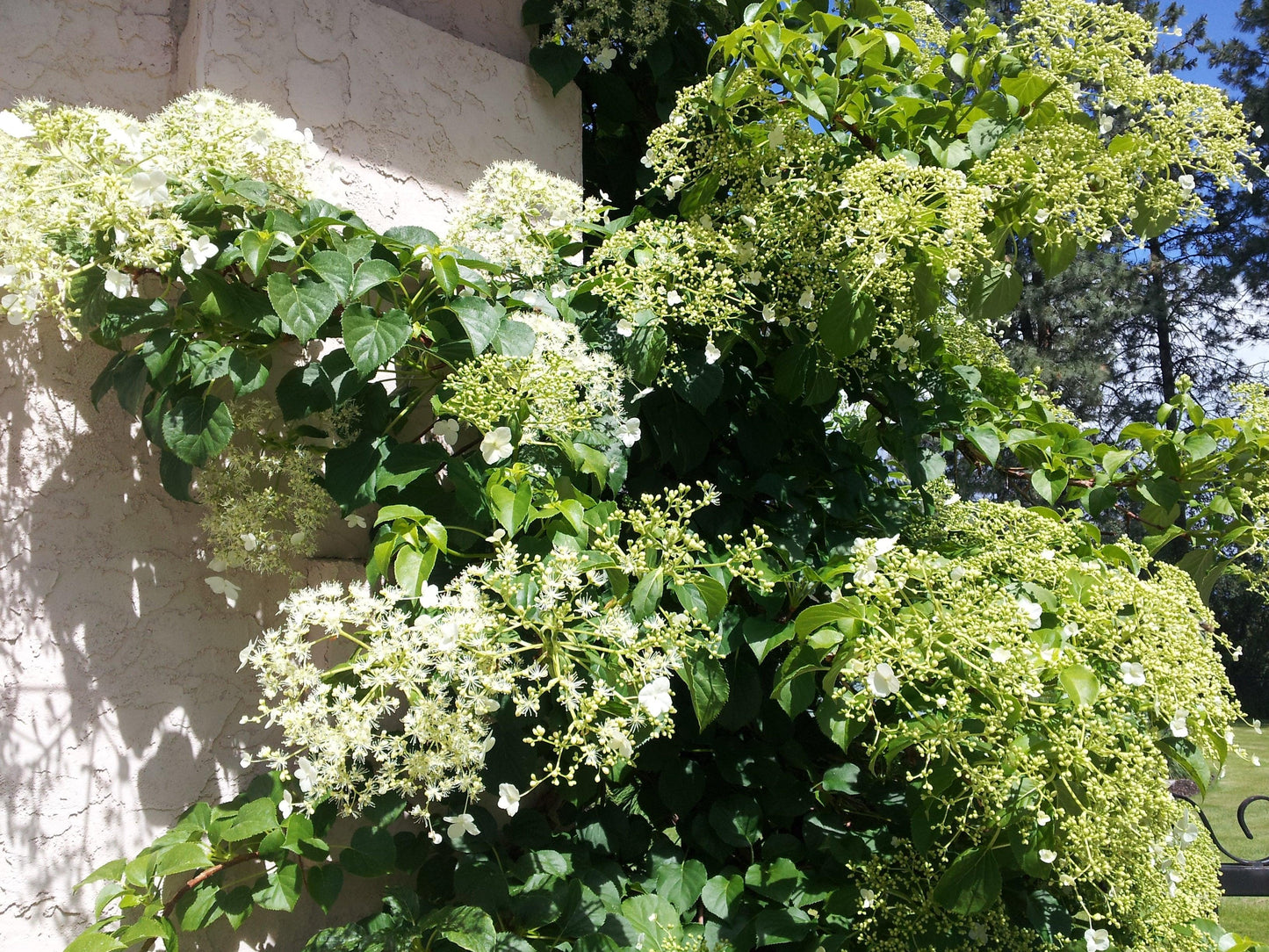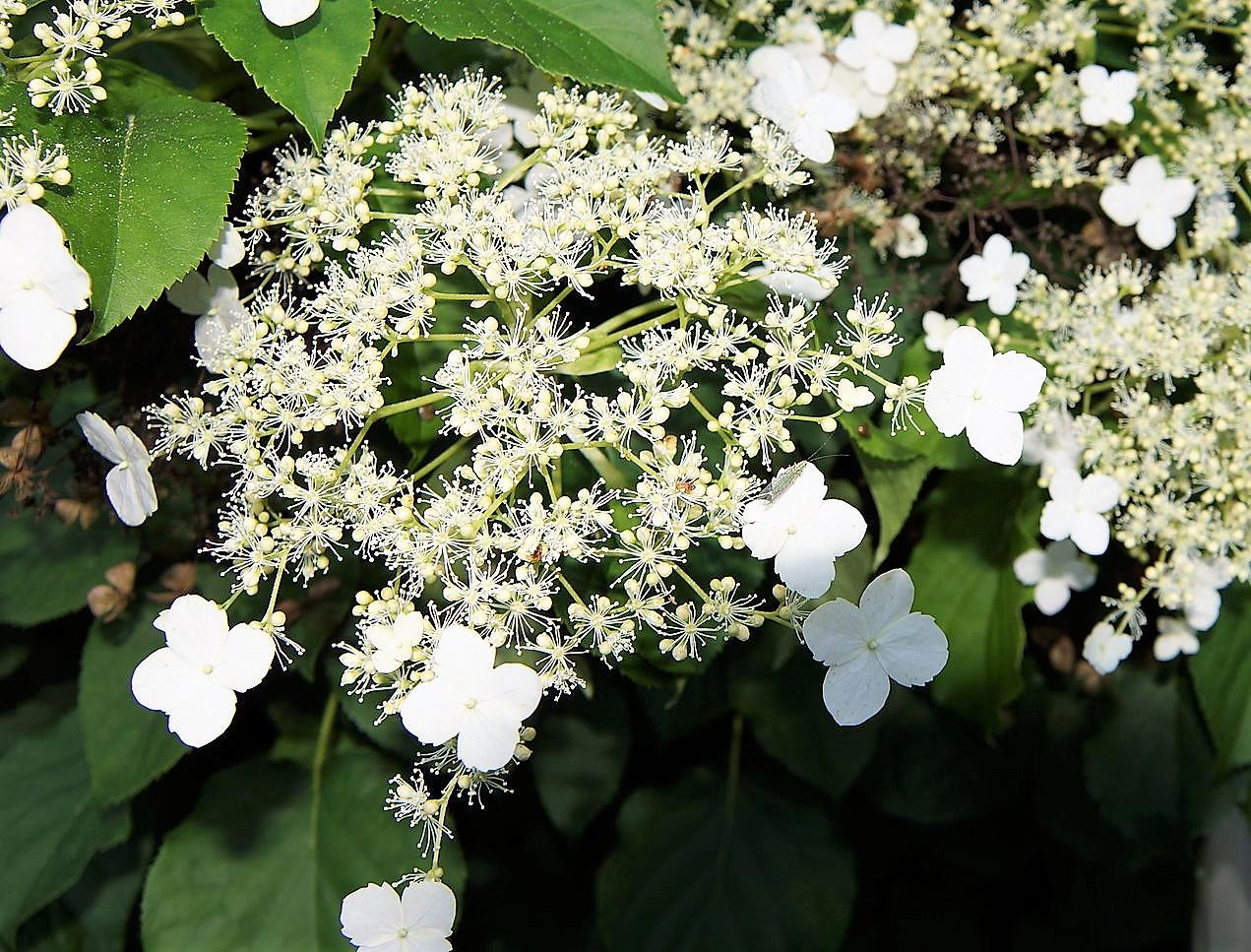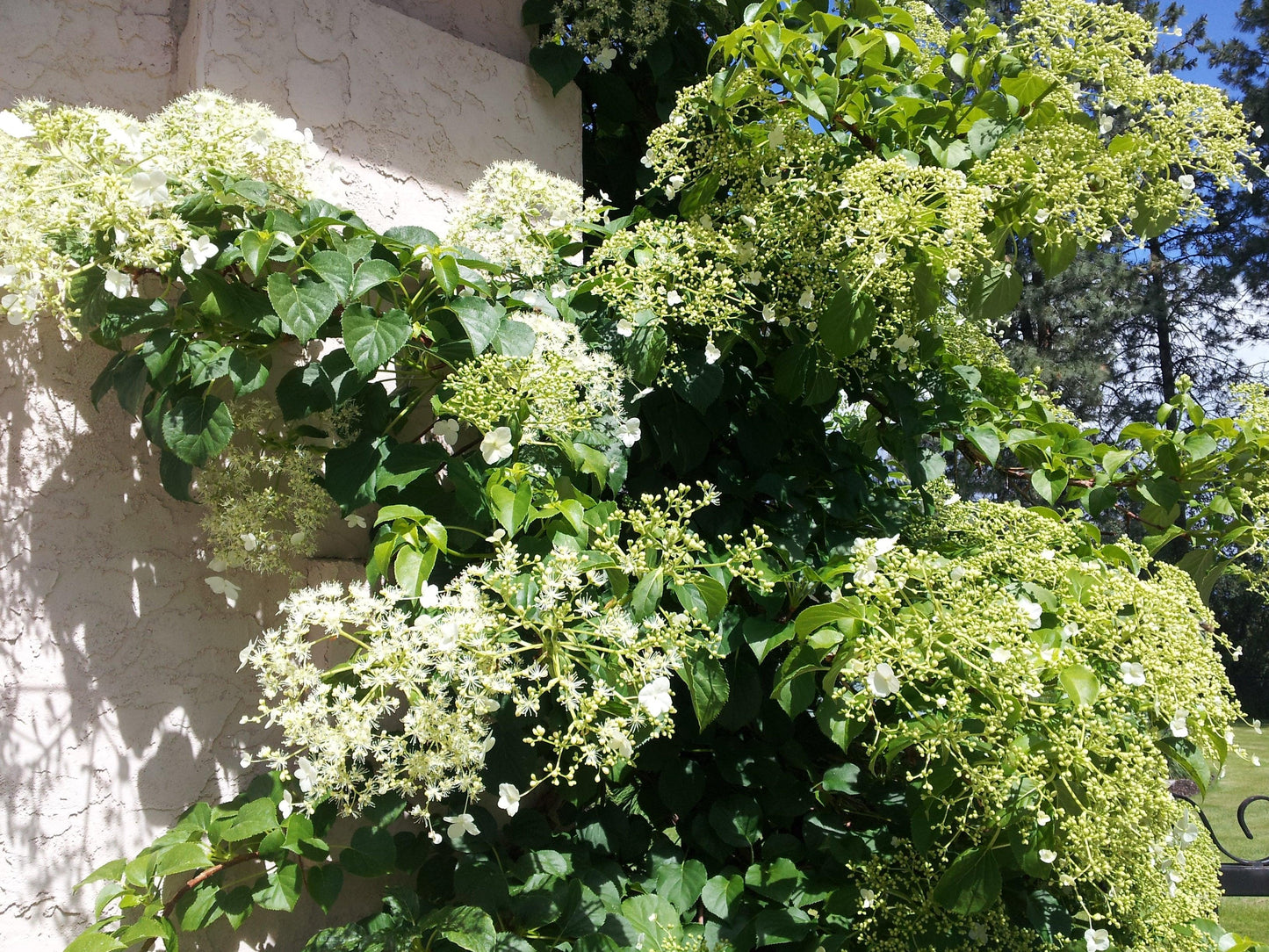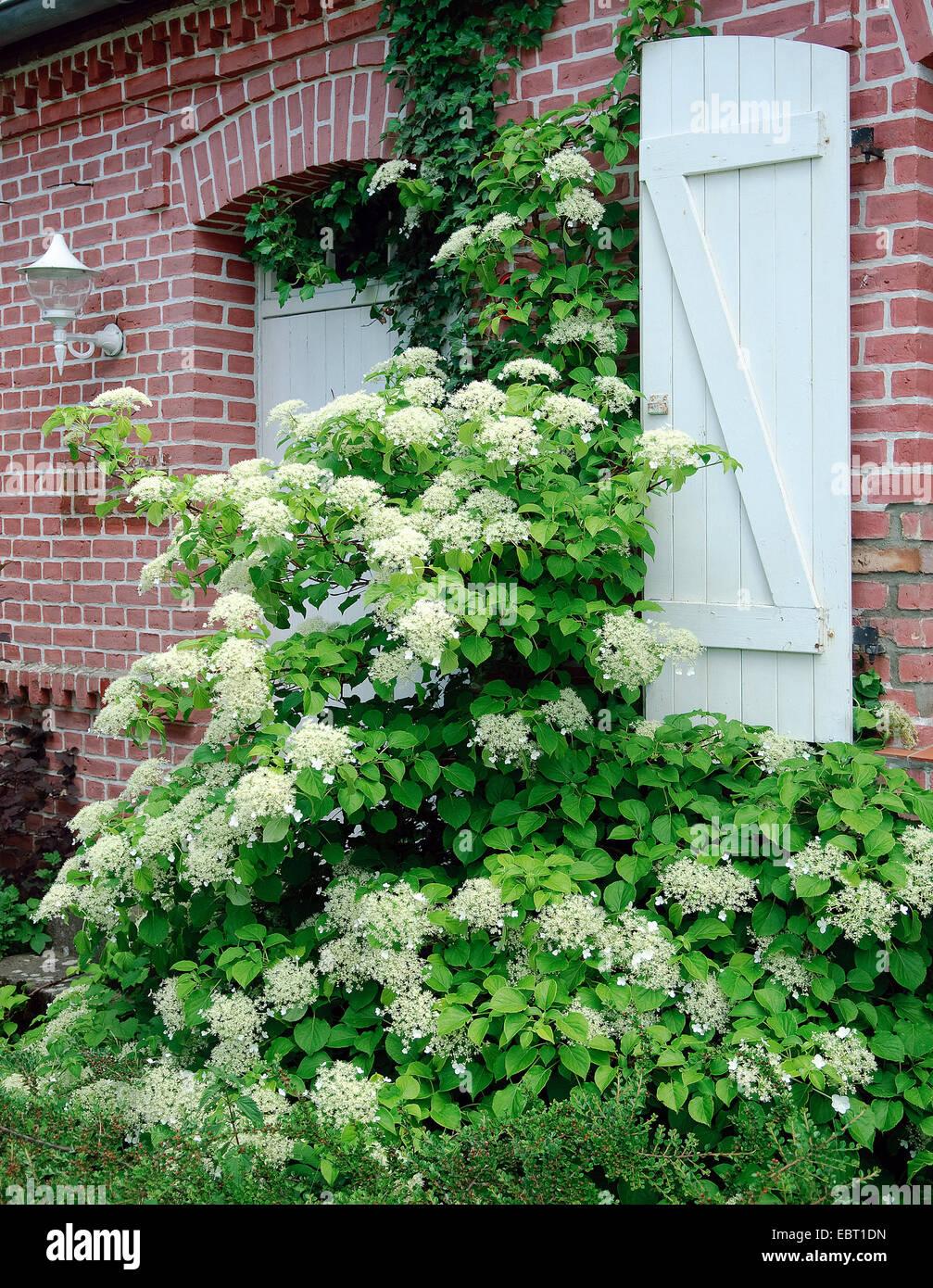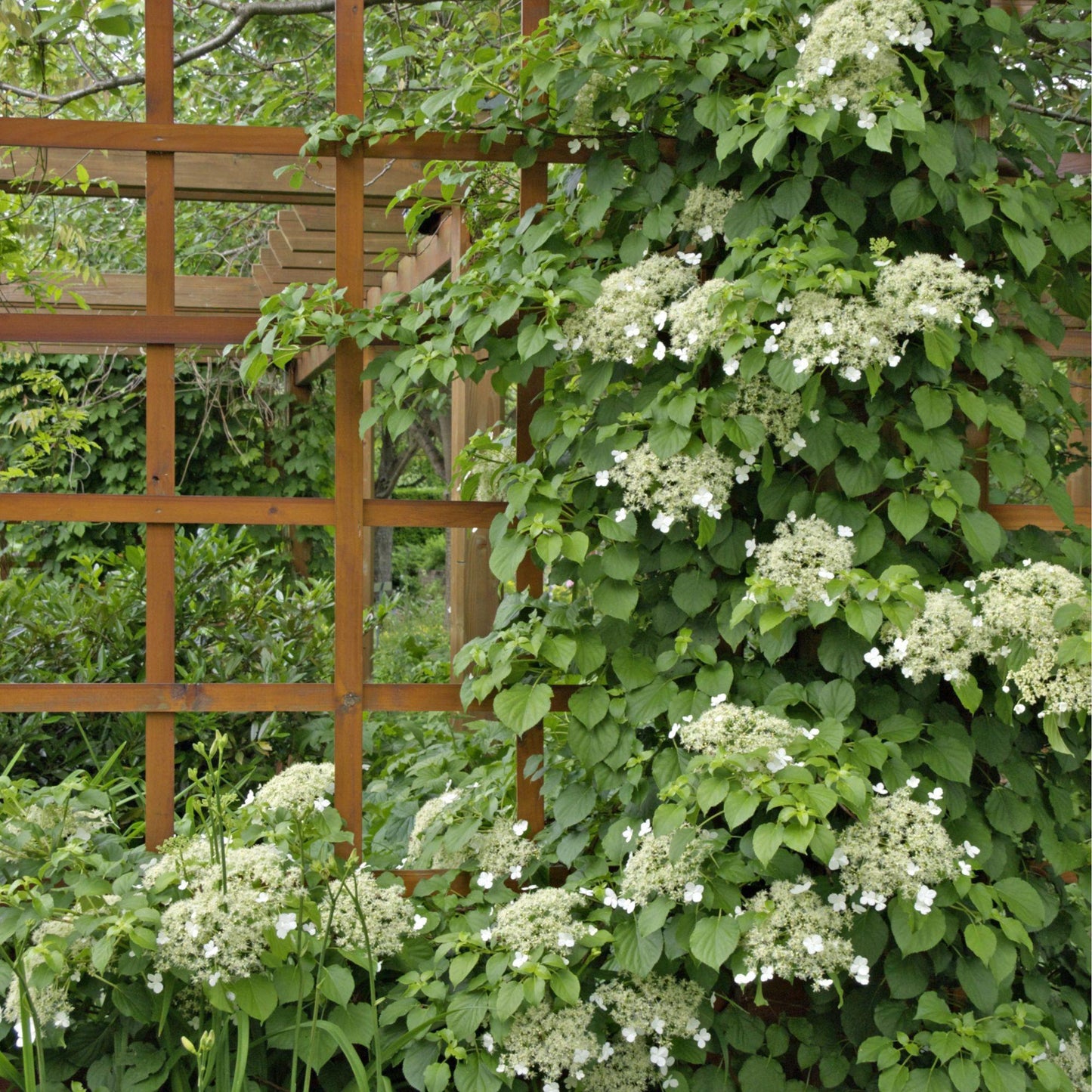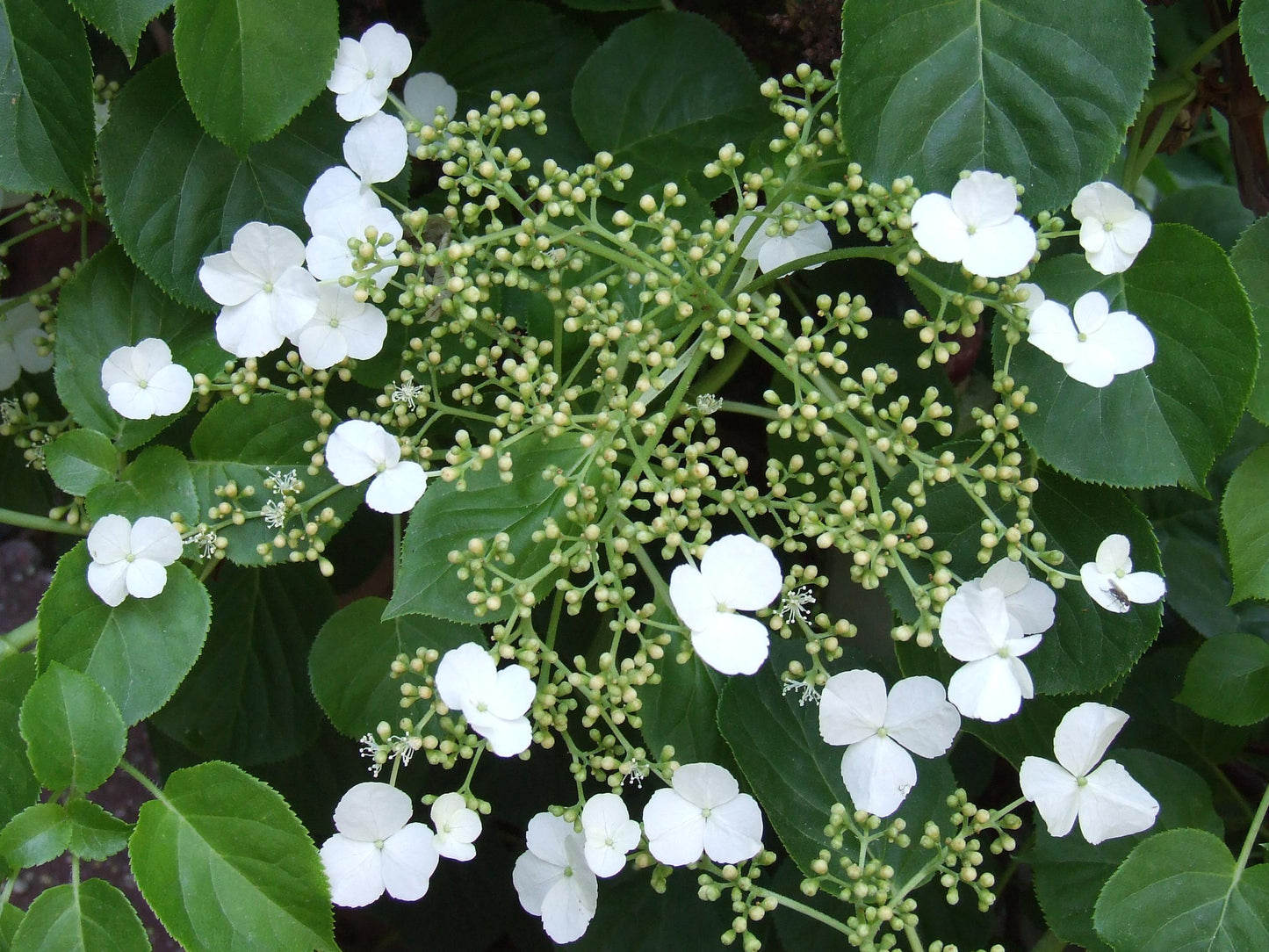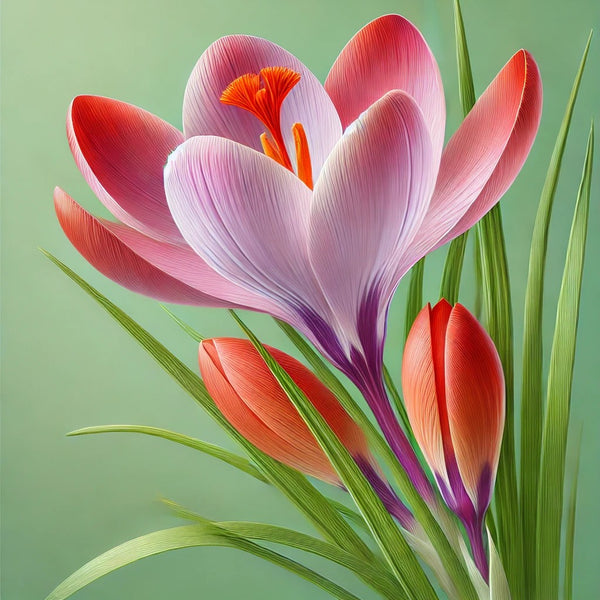1
/
of
19
RedCrocus Climbing Hydrangea-Fragrant White Flowers for Vertical Gardens 3 Gallon
RedCrocus Climbing Hydrangea-Fragrant White Flowers for Vertical Gardens 3 Gallon
Regular price
$168.00 USD
Regular price
$218.40 USD
Sale price
$168.00 USD
Unit price
/
per
Shipping calculated at checkout.
SKU:nsf9949-redcrocus
Couldn't load pickup availability
Hydrangea petiolaris
Description
Hydrangea petiolaris, commonly known as Climbing Hydrangea, is a deciduous woody vine that can reach heights of up to 50 feet. It is known for its beautiful, fragrant white flowers that bloom in late spring to early summer. The plant is perfect for covering walls, fences, or trellises, providing a lush green backdrop with its heart-shaped leaves.
Suggested Uses
Climbing Hydrangea is ideal for vertical gardening, making it perfect for covering unsightly walls or fences. It can also be used to add height and interest to garden landscapes or as a ground cover in shaded areas.
Plant Details
-
 Botanical Name: Hydrangea petiolaris
Botanical Name: Hydrangea petiolaris -
 Common Name: Climbing Hydrangea
Common Name: Climbing Hydrangea -
 Size & Growth: Up to 50 feet tall, spreading 6-10 feet wide
Size & Growth: Up to 50 feet tall, spreading 6-10 feet wide -
 Hardiness Zones: 4-8
Hardiness Zones: 4-8 -
 Foliage Type: Deciduous
Foliage Type: Deciduous -
 Bloom Time: Late spring to early summer
Bloom Time: Late spring to early summer -
 Growth Rate: Slow to moderate
Growth Rate: Slow to moderate -
 Light Requirements: Partial shade to full shade
Light Requirements: Partial shade to full shade -
 Attracts Pollinators: Yes, attracts bees and butterflies
Attracts Pollinators: Yes, attracts bees and butterflies -
 Indoor Friendly: No
Indoor Friendly: No -
 Container Friendly: No, best suited for outdoor planting
Container Friendly: No, best suited for outdoor planting -
 Deer Resistant: Yes
Deer Resistant: Yes -
 Pet Warning: Toxic if ingested
Pet Warning: Toxic if ingested -
 Fragrant: Yes, the flowers have a pleasant fragrance
Fragrant: Yes, the flowers have a pleasant fragrance -
 Cut Flower: Yes, suitable for floral arrangements
Cut Flower: Yes, suitable for floral arrangements -
 Grows Well With: Clematis, Ivy, and other shade-tolerant plants
Grows Well With: Clematis, Ivy, and other shade-tolerant plants
Care Tips
-
 Planting Instructions: Plant in spring or fall, ensuring the root ball is level with the soil surface.
Planting Instructions: Plant in spring or fall, ensuring the root ball is level with the soil surface. -
 Soil Moisture: Keep soil consistently moist, especially in the first year after planting.
Soil Moisture: Keep soil consistently moist, especially in the first year after planting. -
 Soil Type: Prefers rich, well-drained soil with plenty of organic matter.
Soil Type: Prefers rich, well-drained soil with plenty of organic matter. -
 Humidity: Thrives in humid conditions but can tolerate average humidity levels.
Humidity: Thrives in humid conditions but can tolerate average humidity levels. -
 Pruning Instructions: Prune in late winter or early spring to remove dead or damaged wood.
Pruning Instructions: Prune in late winter or early spring to remove dead or damaged wood. -
 Winter Care: Mulch around the base to protect roots in colder climates.
Winter Care: Mulch around the base to protect roots in colder climates. -
 Planting Depth: Plant at the same depth as in the nursery container.
Planting Depth: Plant at the same depth as in the nursery container. -
 Fertilization: Fertilize in early spring with a balanced, slow-release fertilizer.
Fertilization: Fertilize in early spring with a balanced, slow-release fertilizer. -
 Special Care: Provide support for climbing, such as a trellis or wall.
Special Care: Provide support for climbing, such as a trellis or wall.
Share
